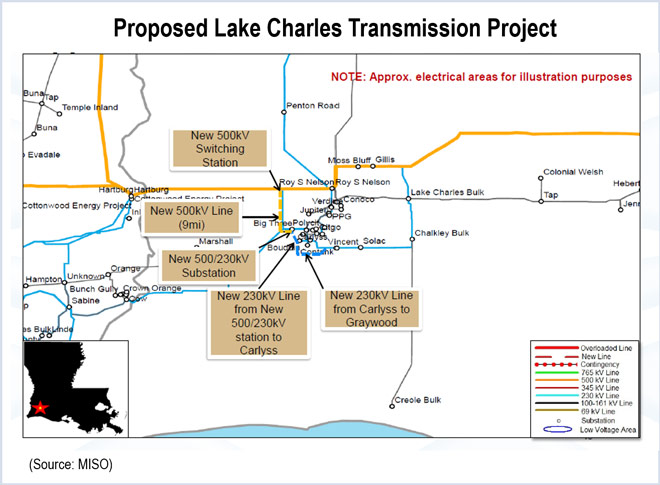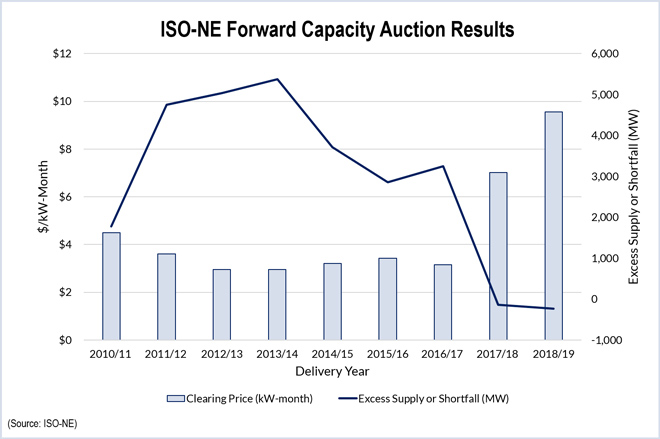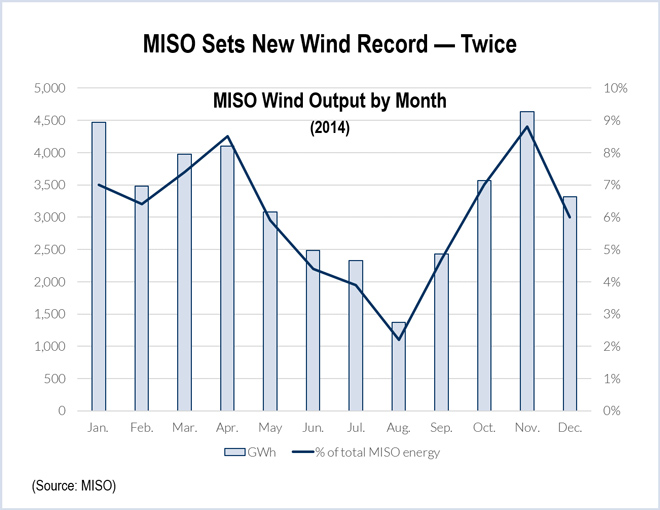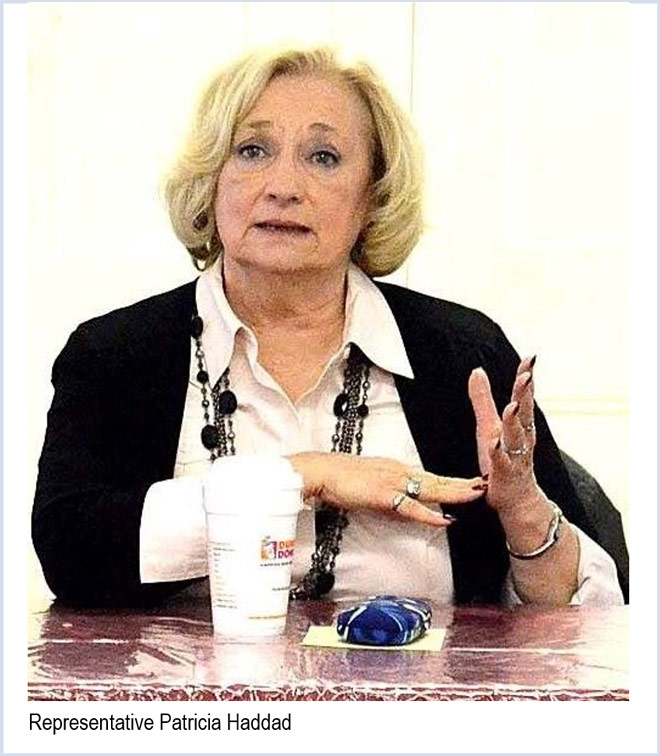By Chris O’Malley
Entergy yesterday reported a drop in fourth-quarter earnings, but executives gave an upbeat outlook, citing stronger-than-expected growth in retail sales and forecasts of increasing demand as a result of the “industrial renaissance” in the Gulf.
The company posted fourth-quarter net income of $120.1 million, or 66 cents a share, down from $146.9 million, or 82 cents a share, for the same quarter in 2013. Entergy cited higher taxes and increased operating costs as a cause for the drop. But revenue grew by 5% to $2.83 billion, beating estimates of $2.7 billion.
For the year, retail sales grew by 2.3% versus a forecasted 1.9%. “Industrial sales led the way with 5% growth, beating our estimates of 2.8% by a wide margin,” Entergy CEO Leo Denault told analysts during a Feb. 5 conference call. Chemicals, petroleum refining and pulp and paper were responsible for nearly 60% of the industrial growth.
While most of the increases came from existing customers, Entergy said it is also seeing increasing numbers of new customers, forecasting that retail sales will grow by 3.25 to 3.75% annually through 2017. “We continue to believe that Entergy has some of the best growth fundamentals in the business,” Denault said.
Lake Charles Tx Project
Entergy cited that growth in a filing with MISO in December for out-of-cycle approval of a $187 million transmission project near Lake Charles, La., which the company says will be “one of the largest transmission projects in Entergy history.”
News of the project, which will include new substations and 25 miles of 500-kV and 230-kV lines, sparked controversy among MISO transmission developers. Entergy requested expedited approval of the project, saying it needed to be started in the first half of 2015 for completion by summer of 2018, meaning that it would be built by Entergy and not considered for a competitive solicitation under the Federal Energy Regulatory Commission’s Order 1000.
At MISO’s Planning Advisory Committee meeting last month, several transmission developers questioned why Entergy had not announced the need sooner. (See Entergy Out-of-Cycle Transmission Request Draws Competitors’ Ire.)
Entergy’s footprint in the Gulf Coast includes fast growing petroleum refining, industrial gases and wood products.
Declining petroleum prices and cutbacks in drilling portend some reduction in growth among certain petrochemical customers, but the outlook for Entergy’s core industrials remain robust, Entergy executives said.
Entergy Wholesale
Company executives said reduced drilling could increase natural gas prices, improving the margins for the company’s nuclear power plants, which operate in competitive markets in New York and New England.
Executives said the Entergy Wholesale Commodities group also will benefit from ISO-NE’s Forward Capacity Auction this week, which saw prices increase by about one-third. “We are seeing some positive changes in capacity markets,” Denault added. (See Prices up One-Third in ISO-NE Capacity Auction.)
MISO Integration

Arkansas Rate Structure
Entergy recently said it intends to file a new rate case in Arkansas, likely in March or April. It has been seeking regulatory changes from the state legislature that could boost earnings. “I would expect that we would [back] some legislation around this” soon, said Theo Bunting, group president of utility operations.












